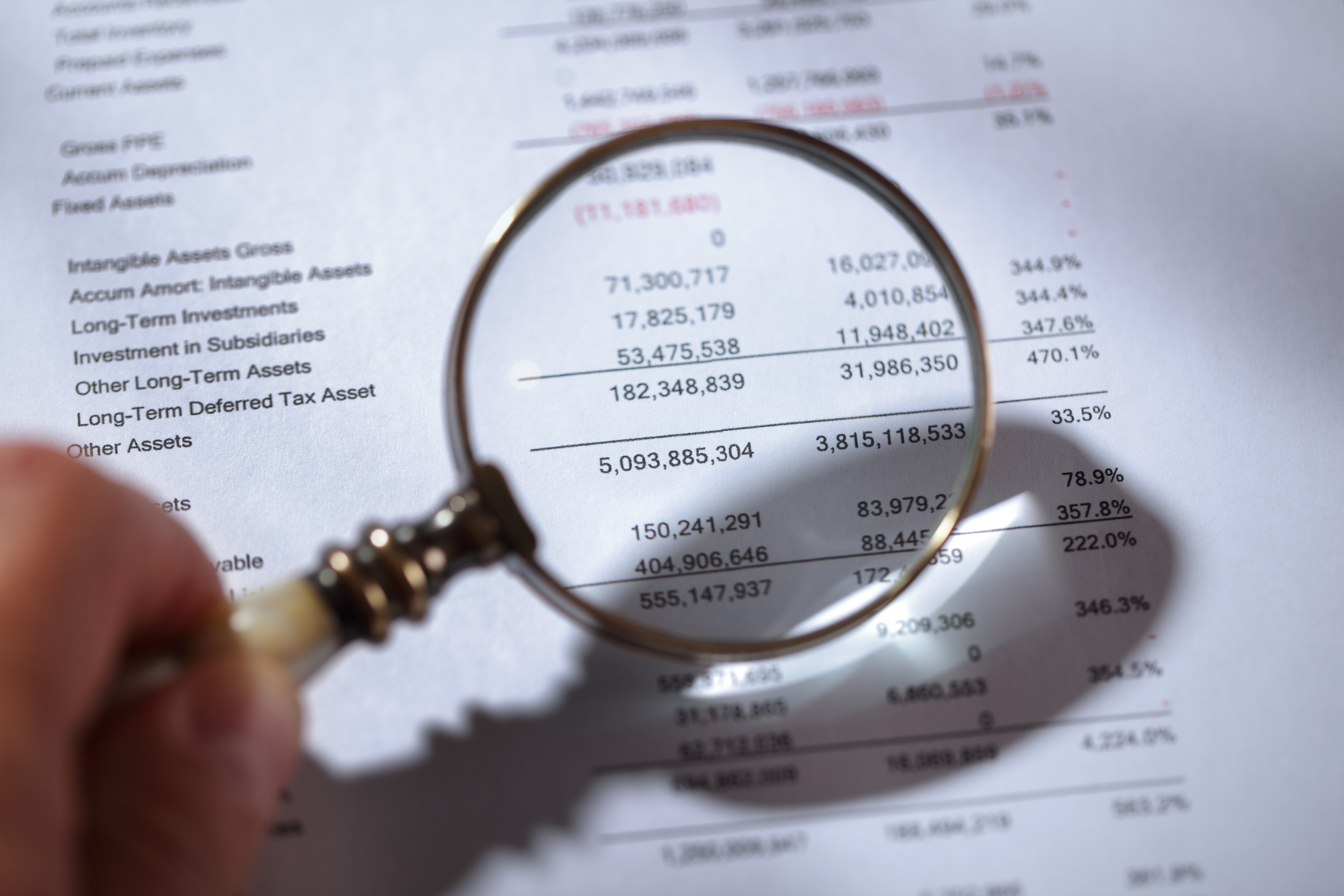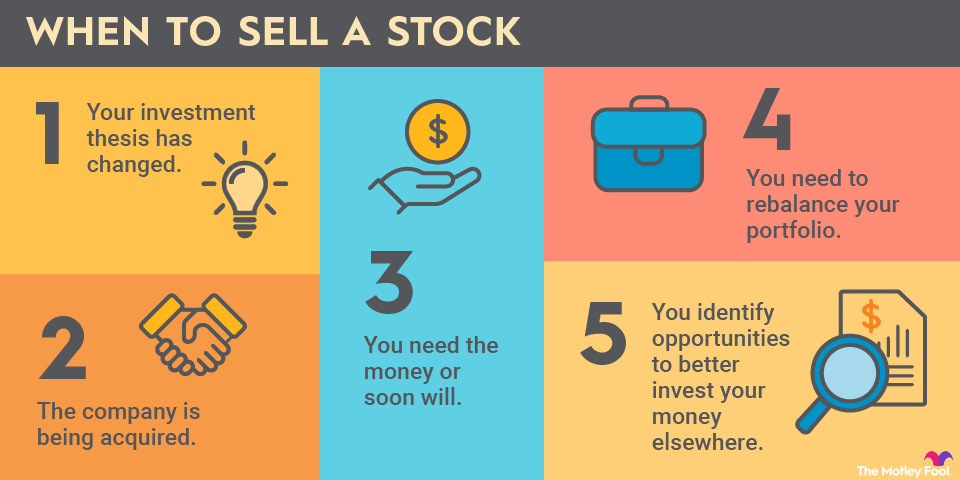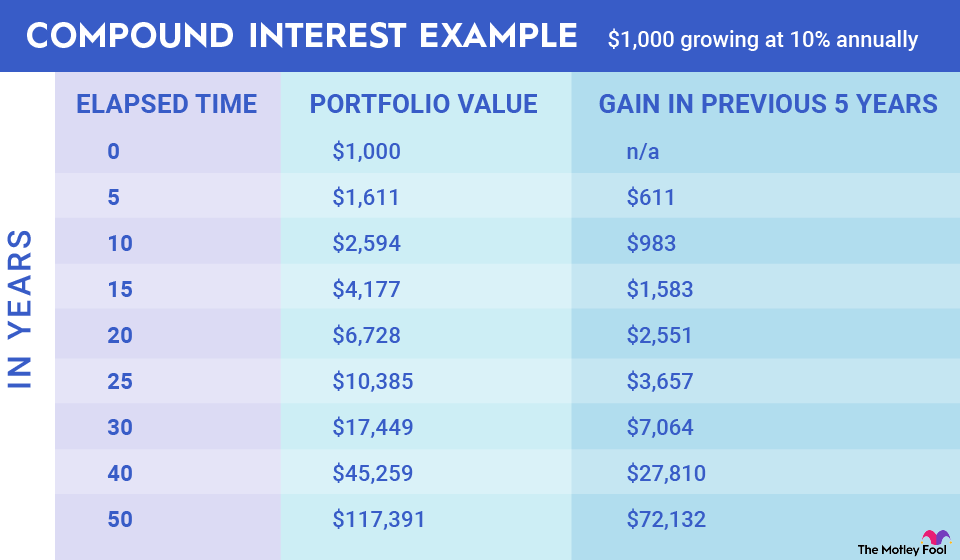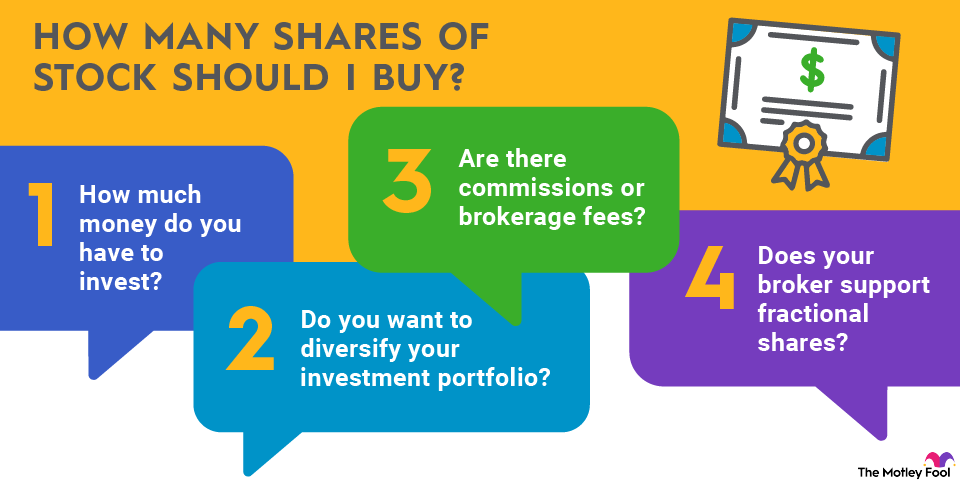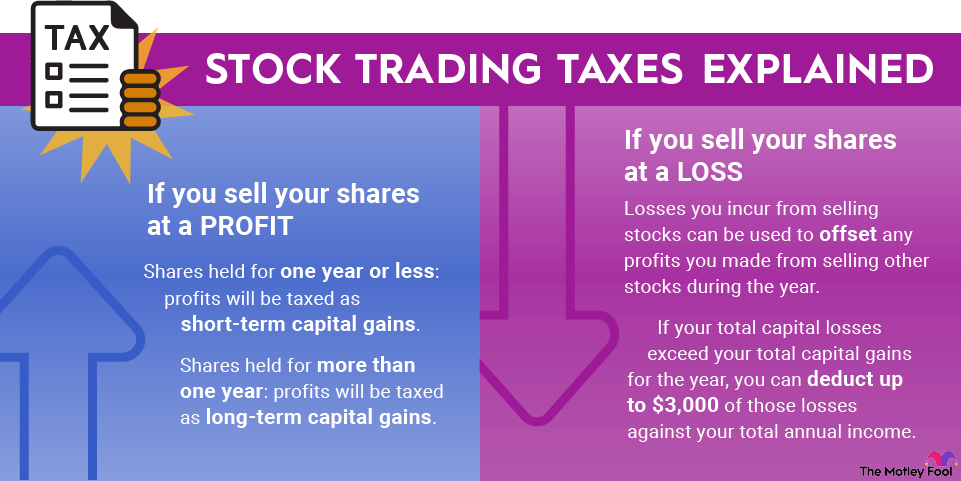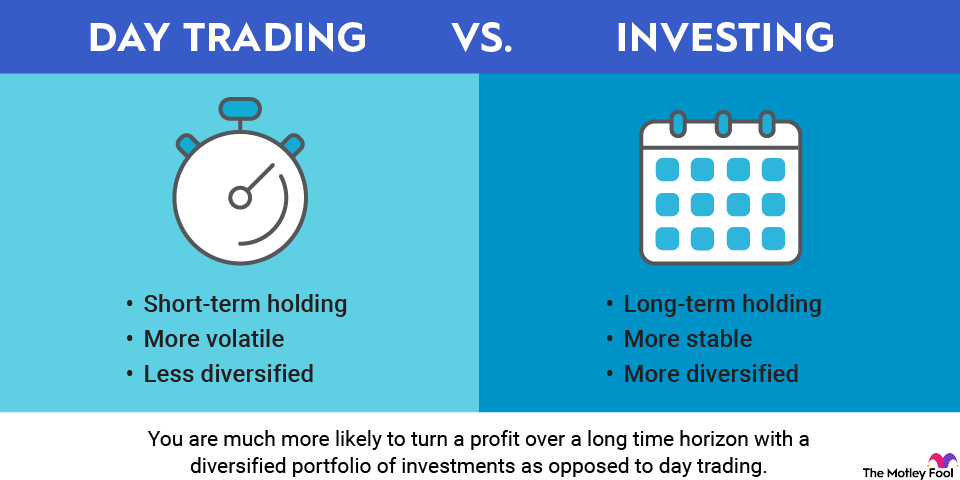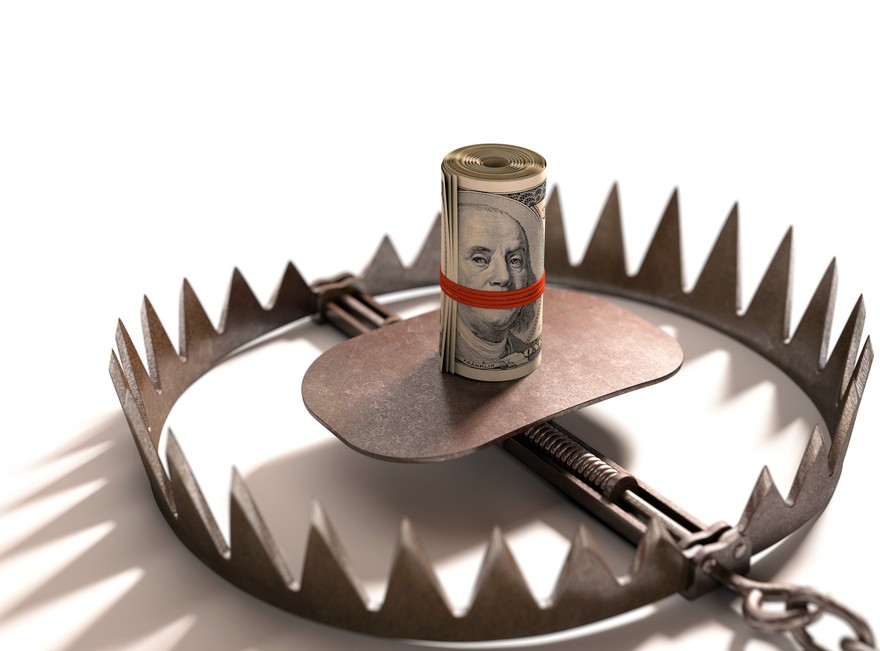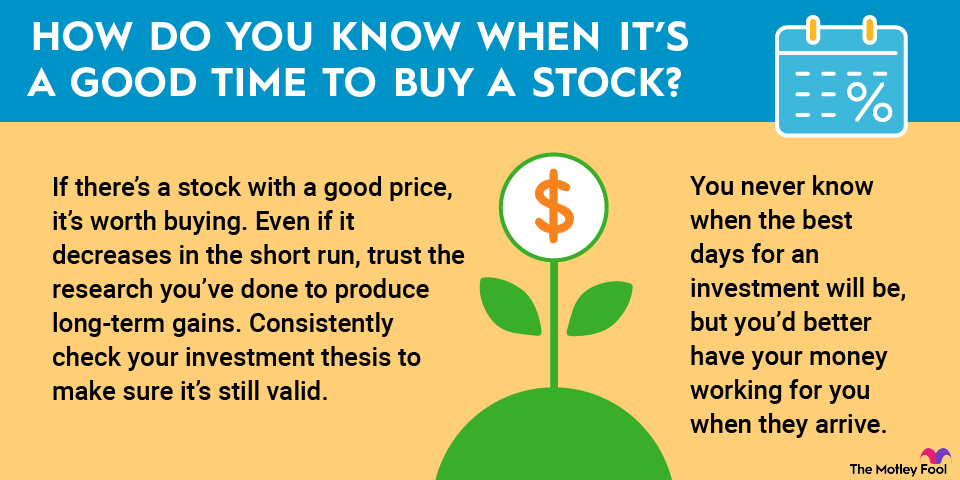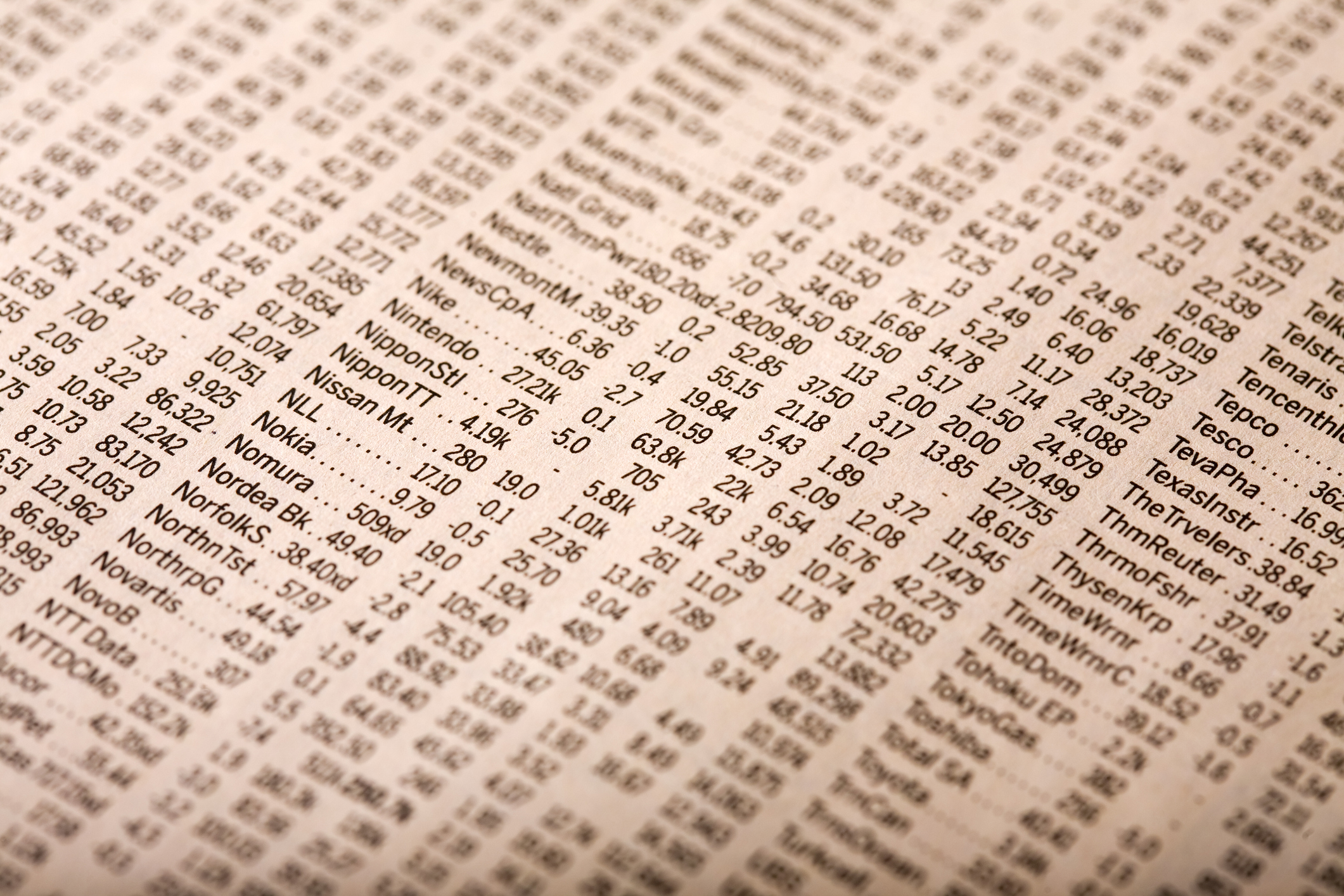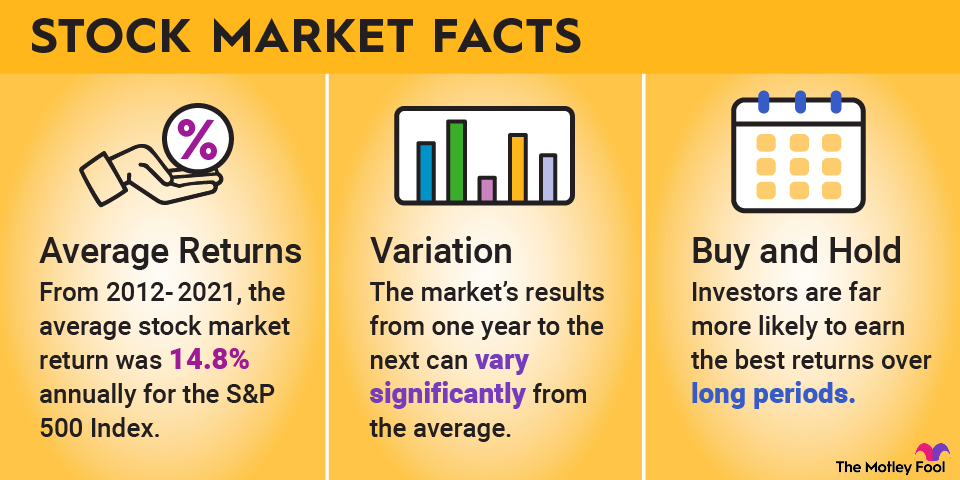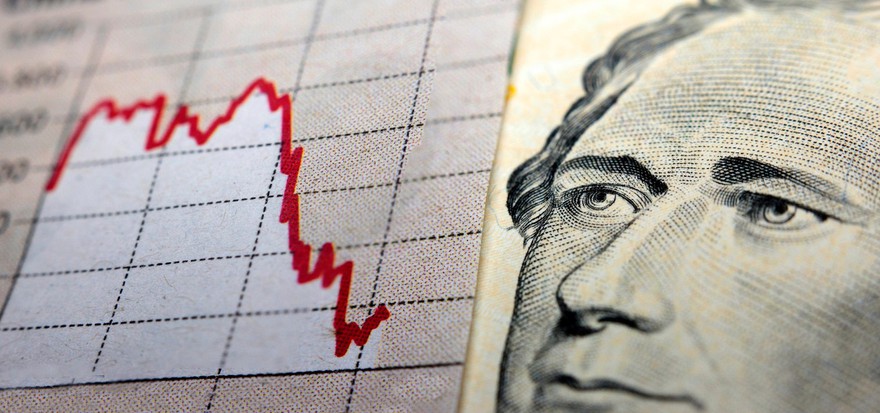
Freddie Mac overview: What investors should understand before buying
Freddie Mac is a government-sponsored enterprise created in 1970 to support the U.S. mortgage market. It buys mortgages from lenders, packages them into mortgage-backed securities (MBS) and sells them to investors. This system helps lenders free up capital and issue more home loans.
Originally publicly traded on the NYSE, Freddie Mac was delisted in 2010 after the 2007–2009 financial crisis. It remains a public company but now trades on the OTC markets under federal conservatorship. The U.S. Treasury holds warrants for up to 80% of its shares, and the FHFA oversees its operations.
Mortgage-Backed Securities (MBS)
How to buy Freddie Mac stock
You can buy Freddie Mac shares through any brokerage that supports OTC trading.
- Open your brokerage app: Log in to your brokerage account where you handle your investments. If you don't have one yet, take a look at our favorite brokers and trading platforms to find the right one for you.
- Fund your account: Transfer money so you’re ready to invest.
- Search for Freddie Mac: Enter the ticker symbol "FMCC" into the search bar to bring up the stock's trading page.
- Decide how many shares to buy: Consider your investment goals and how much of your portfolio you want to allocate to this stock.
- Select order type: Choose between a market order to buy at the current price or a limit order to specify the maximum price you're willing to pay.
- Submit your order: Confirm the details and submit your buy order.
- Review your purchase: Check your portfolio to ensure your order was filled as expected and adjust your investment strategy accordingly.
Should you invest in Freddie Mac?
Before you buy shares of Freddie Mac, you need to consider the pros and cons of investing in the GSE.
Reasons to consider it
- You think interest rates will soon fall and boost demand for mortgages.
- You believe home prices will also fall, restarting a dormant real estate market.
- You think Freddie Mac will be released from its conservatorship soon.
- You believe Freddie Mac stock is severely undervalued.
- You don't need dividend income.
- You think smaller financial institutions, such as credit unions, will make a larger percentage of mortgage loans as the housing market recovers.
- You believe Freddie Mac has a sound, long-term strategy.
- You think GSEs are unlikely to fall back into the underwriting traps that contributed to the 2007-09 financial crisis.
Reasons to be cautious
- You don't see interest rates falling any time soon.
- You think home prices will remain elevated for a long time, dampening mortgage activity.
- You doubt Freddie Mac will be released from conservatorship any time soon.
- You're unimpressed with Freddie Mac's stock performance over the last decade.
- You rely on dividend income.
- You can't see smaller financial institutions competing with behemoths for a share of the mortgage market.
- You're not sure what Freddie Mac does or why it exists.
- You believe GSEs didn't learn their lesson from the 2007-09 financial crisis.
Is Freddie Mac profitable?
Freddie Mac reported that it was profitable during the first quarter of 2025 -- which may be surprising, given the state of the housing market. It recorded $2.8 billion in first-quarter net income on revenue of $5.9 billion, a fairly steady amount over the previous year.
Despite high interest rates and an affordable housing crisis, Freddie Mac also increased the year-over-year size of its mortgage portfolio by 5%, rising to $3.6 trillion. Its delinquency rate remained steady at roughly 1%.
Although Freddie Mac stock prices won't blow any investors away, shares have matched up impressively with most indexes. While the S&P 500 had an annual return of 9.2% through the first six months of 2025, Freddie Mac stock had risen more than 301%, soaring from slightly less than $1 per share in early 2024 to a little more than $5 by mid-2025.
Will Freddie Mac stock split?
When it comes to potential stock splits, you can never say never. But in Freddie Mac's case, there is no IPO scheduled, so you can probably say a split won't happen any time soon.
Stock splits are generally announced to make investments in a company more attractive by reducing the per-share price. Most publicly traded companies don't begin to consider splitting their stock until prices top $100 -- and as of early May 2025, Freddie Mac's share prices are about $98.50 short of that particular benchmark.
Having said that, Freddie Mac has split its stock before. Its board authorized a 3-for-1 split in April 1992 and a 4-for-1 split in January 1997.
The bottom line
Freddie Mac is a unique investment: a profitable company operating under federal conservatorship, heavily influenced by the housing market, interest rates, and political decisions. While it has shown strong recent gains, the uncertainties surrounding its future make it a speculative investment.
For many investors, exposure through mortgage-backed securities ETFs may offer a safer alternative. But for those willing to take on higher risk, FMCC is a way to bet on housing-market recovery and potential long-term structural change.
